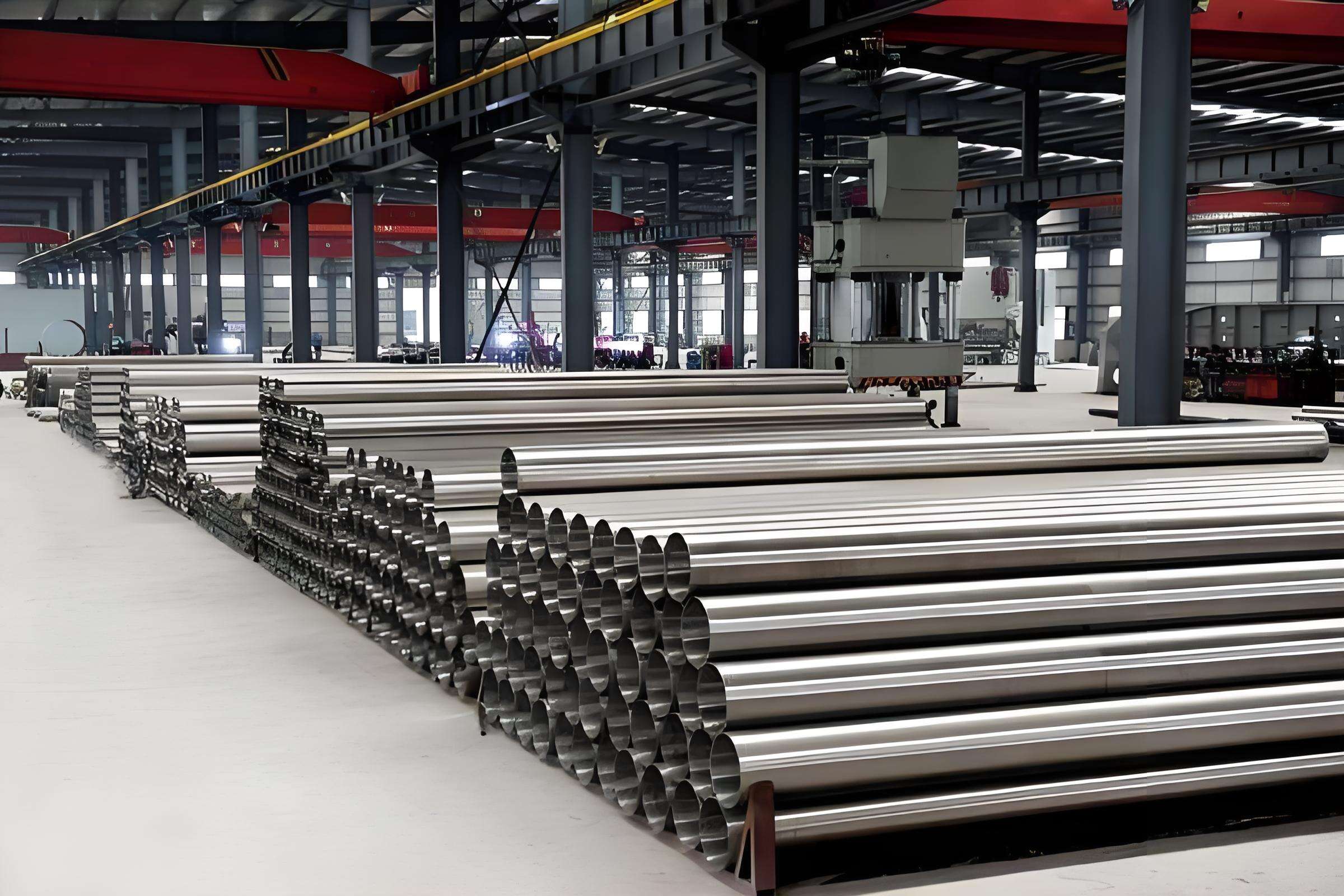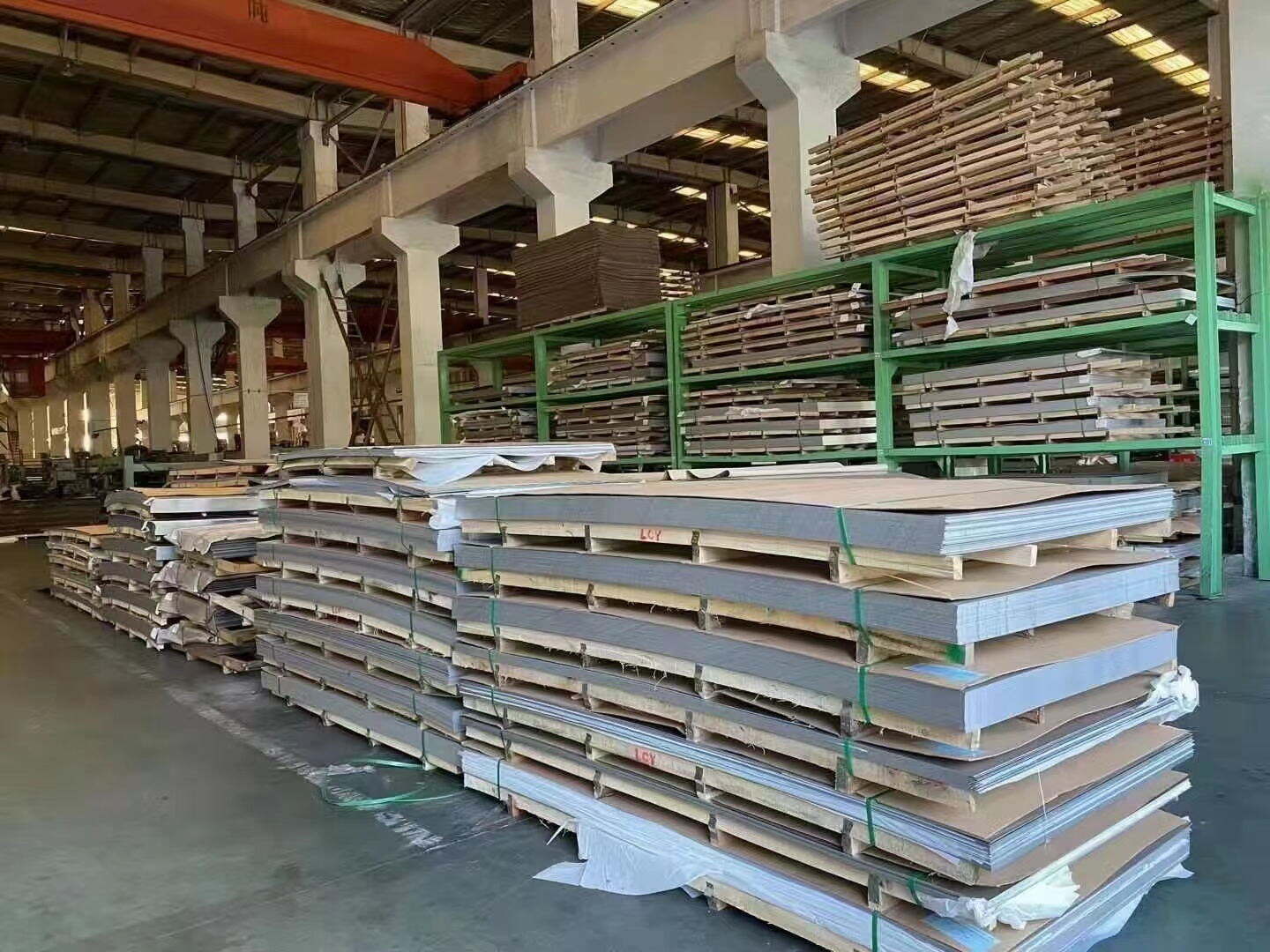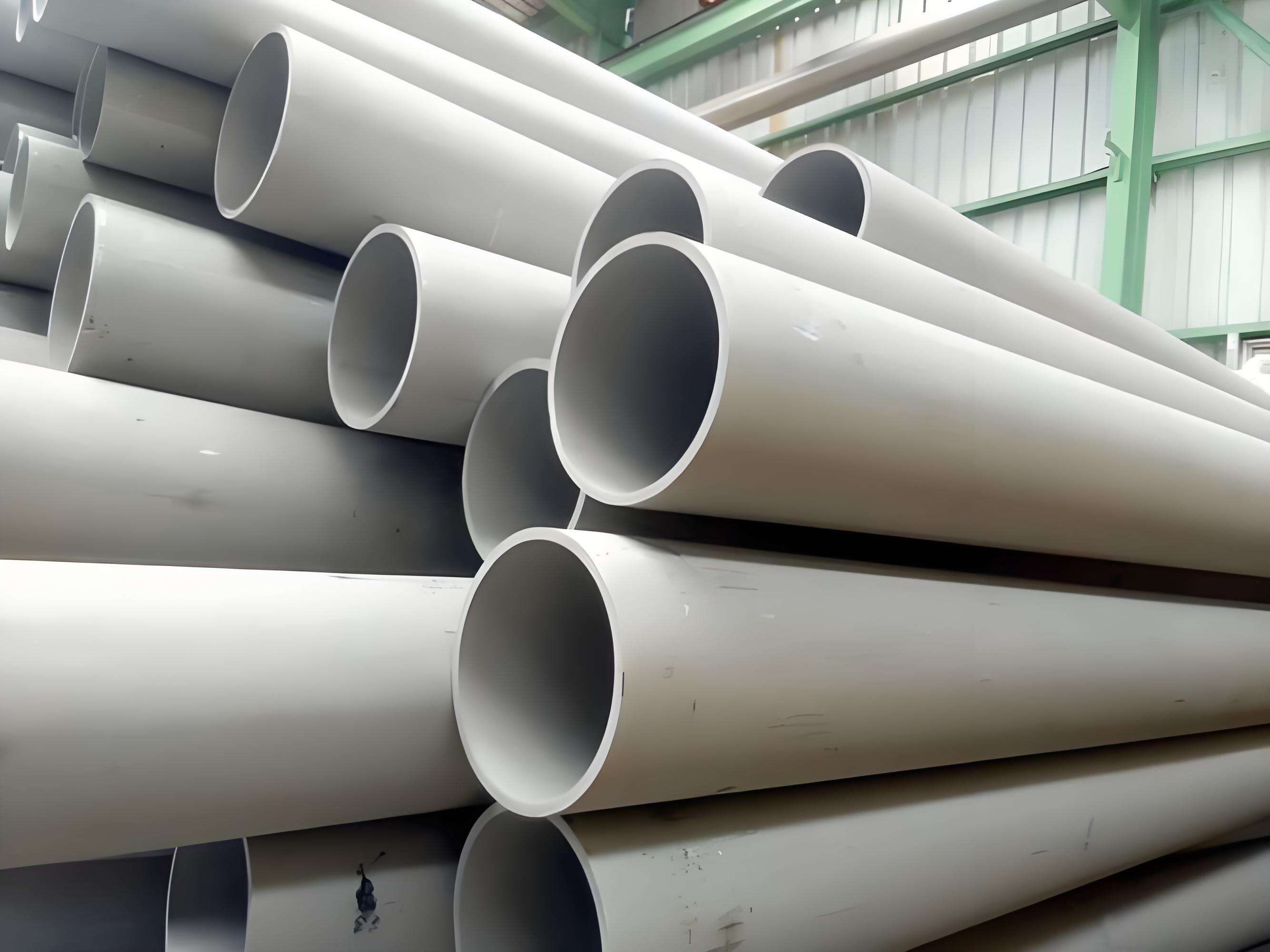stainless steel socket weld pipe fittings
Stainless steel socket weld pipe fittings represent a crucial component in modern industrial piping systems, engineered to provide secure and reliable connections in high-pressure and high-temperature applications. These fittings are manufactured from premium grade stainless steel, typically 304 or 316, ensuring exceptional corrosion resistance and durability in demanding environments. The socket weld design features a socket or recess that accommodates the pipe end, allowing for a deep penetration weld that creates a seamless, robust joint. This design eliminates the risk of leakage and ensures structural integrity across the entire piping system. The fittings come in various configurations, including elbows, tees, reducers, and couplings, making them versatile for different piping layouts. Their precision engineering guarantees perfect alignment and fit, while the standardized dimensions comply with international specifications such as ASME B16.11. The manufacturing process involves rigorous quality control measures, including material testing, dimensional verification, and weld inspection, ensuring each fitting meets the highest industry standards for safety and reliability.


